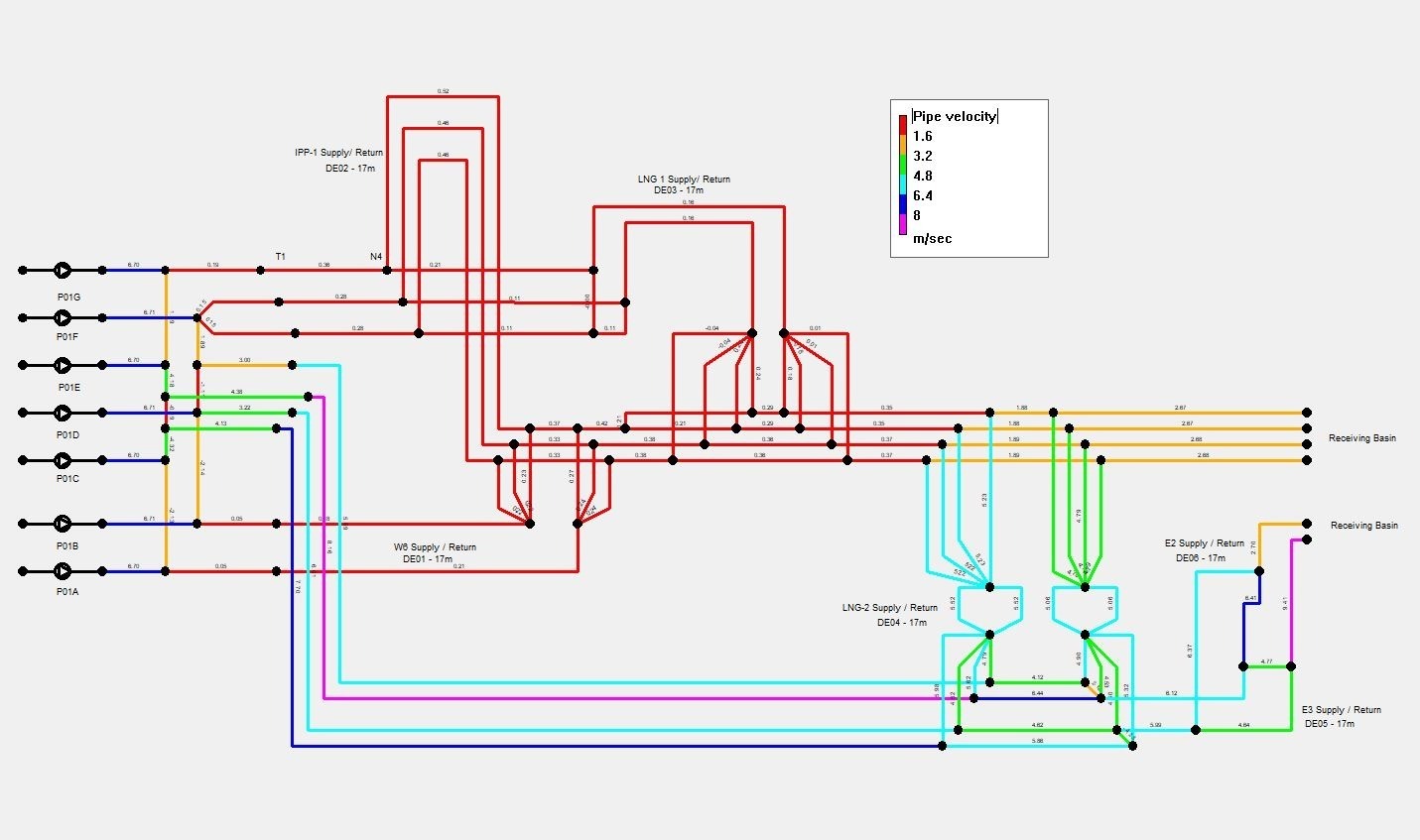Documents
Why use PIPENET?
• PIPENET sets the standard – leads the way in flow analysis – the best! PIPENET starts at the design phase. It performs pipe sizing and pump selection calculations in the steady state. From there it goes all the way to computing hydraulic loads for pipe stress analysis and support design, through several optional stages depending on exactly what the user requires.
• PIPENET has been in use across the globe for over 25 years, by companies large and small, including many multinationals, in the oil and gas, process, fire protection, ship building, and power generation industries.
• PIPENET is flexible, offers a wide selection of units, user-defined pipe schedules, fittings libraries and pump charactersitics.
• PIPENET is constantly being updated and enhanced, putting us at the forefront of pipework and pipeline design technology.
Key Differentiators
PIPENET Standard Module is ideal for analysis of general network systems handling liquids, gases and steam, including piping, HVAC and ducting systems.
PIPENET Spray Sprinkler Module is excellent for hydraulic analysis of firewater systems in compliance with NFPA13, NFPA15 and NFPA16 rules. This addresses the hydraulic analysis requirements of virtually all national and international standards. Ideal for the design of systems used in critical applications such as offshore platforms, FPSO’s, petrochemical plants, power plants, refineries, ships, and airport hangers.
PIPENET Transient Module provides a rapid means of in-house rigorous transient analysis and pinpoints problem areas and potential solutions.
Key Functions
Input – isometric or orthogonal schematic input, tabular input including copy and paste from spreadsheets
Underlay – import of drawings for use as underlays for schematic drawings
Output – easy, readable output as tables, or display of data and results on the schematic
Powerful pipe sizing capability
Orifice plates – diameter to be calculated or specified
Block/Break of pipes to simulate closed valves and burst pipes
Pumps – sizing of pumps or user-defined vendor’s pump curves
Checking for cavitation, correction for ambient pressure decrease with height, calculation of hydraulic gradients and modeling of leaks
Variable properties and temperatures and choice of pipe or node elevations
Choice of calculation modes – hydraulically most remote nozzle, inlet pressure/flowrate
User defined libraries of pipe schedules, nozzles, deluge valves and linings
Choice of Hazen- Williams and Darcy- Weisbach equations
Cavitation modeling
Time step – fixed/variable, software/user-defined
Time history neutral file output for reading by pipe stress analysis and finite element programs


